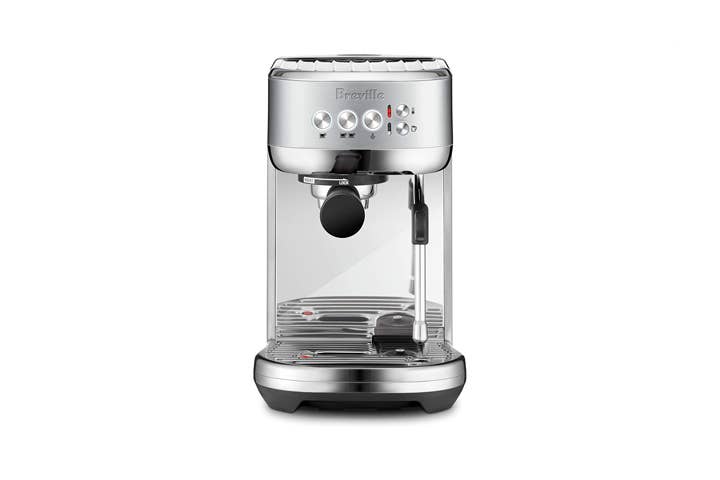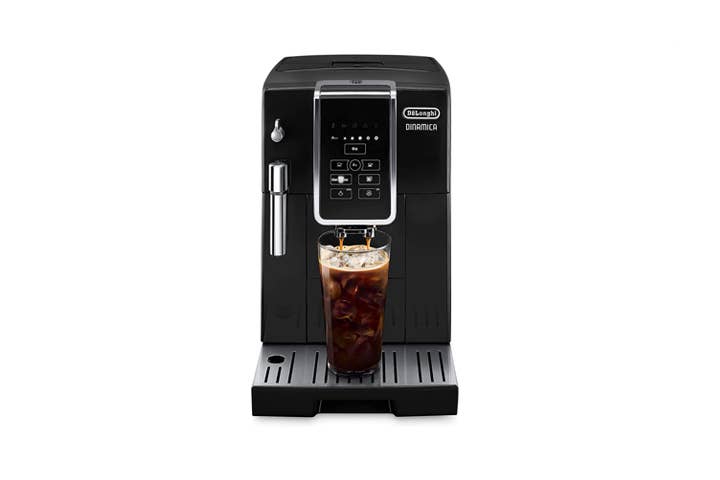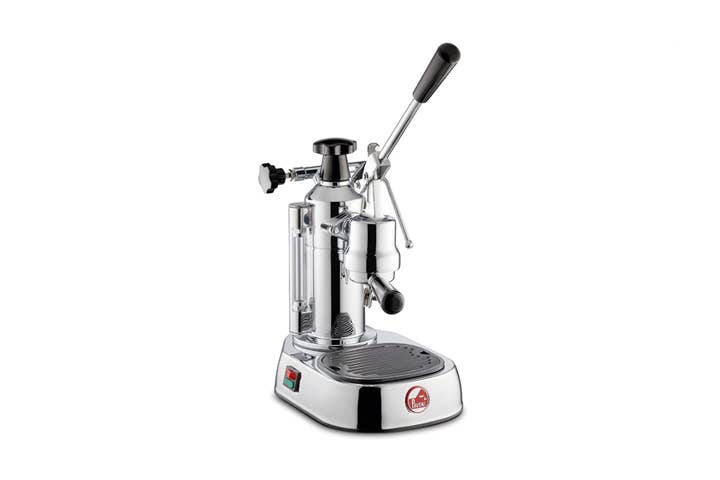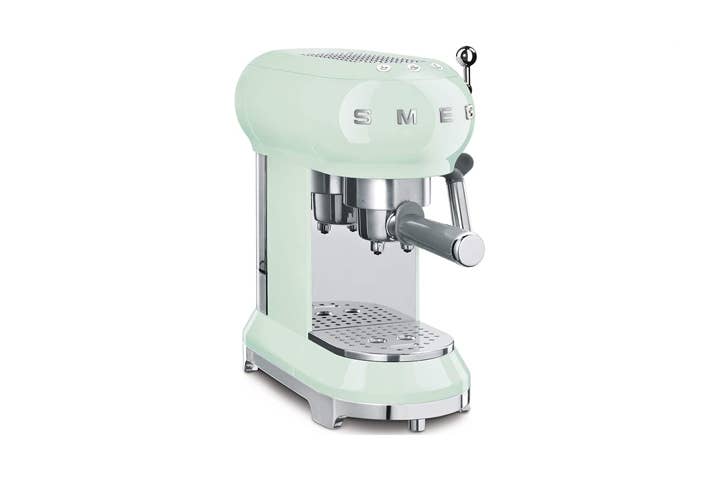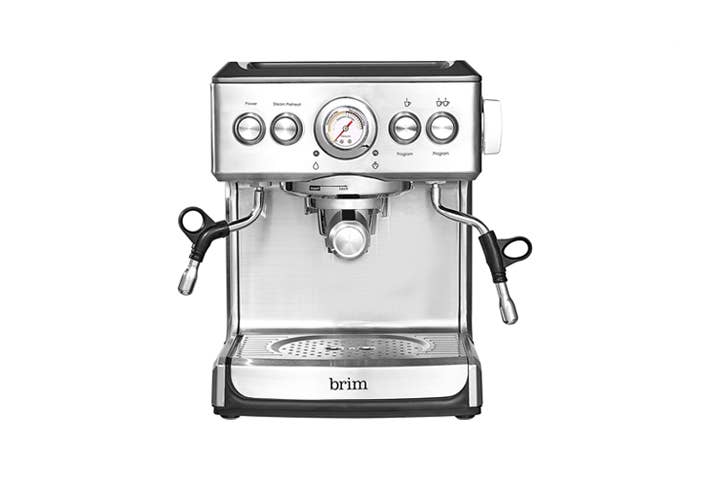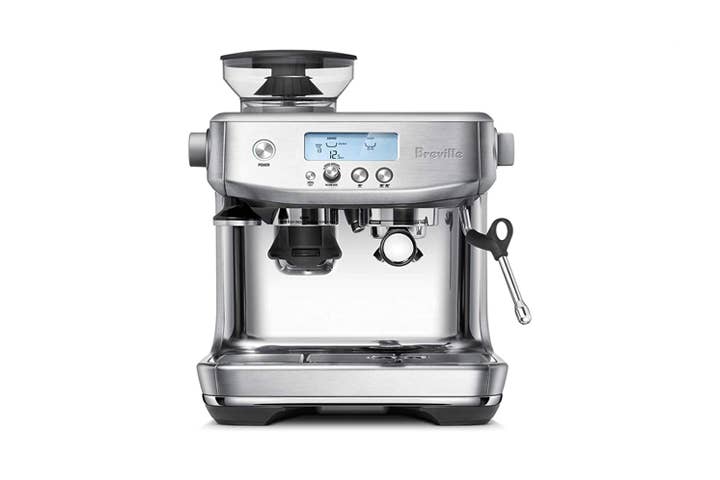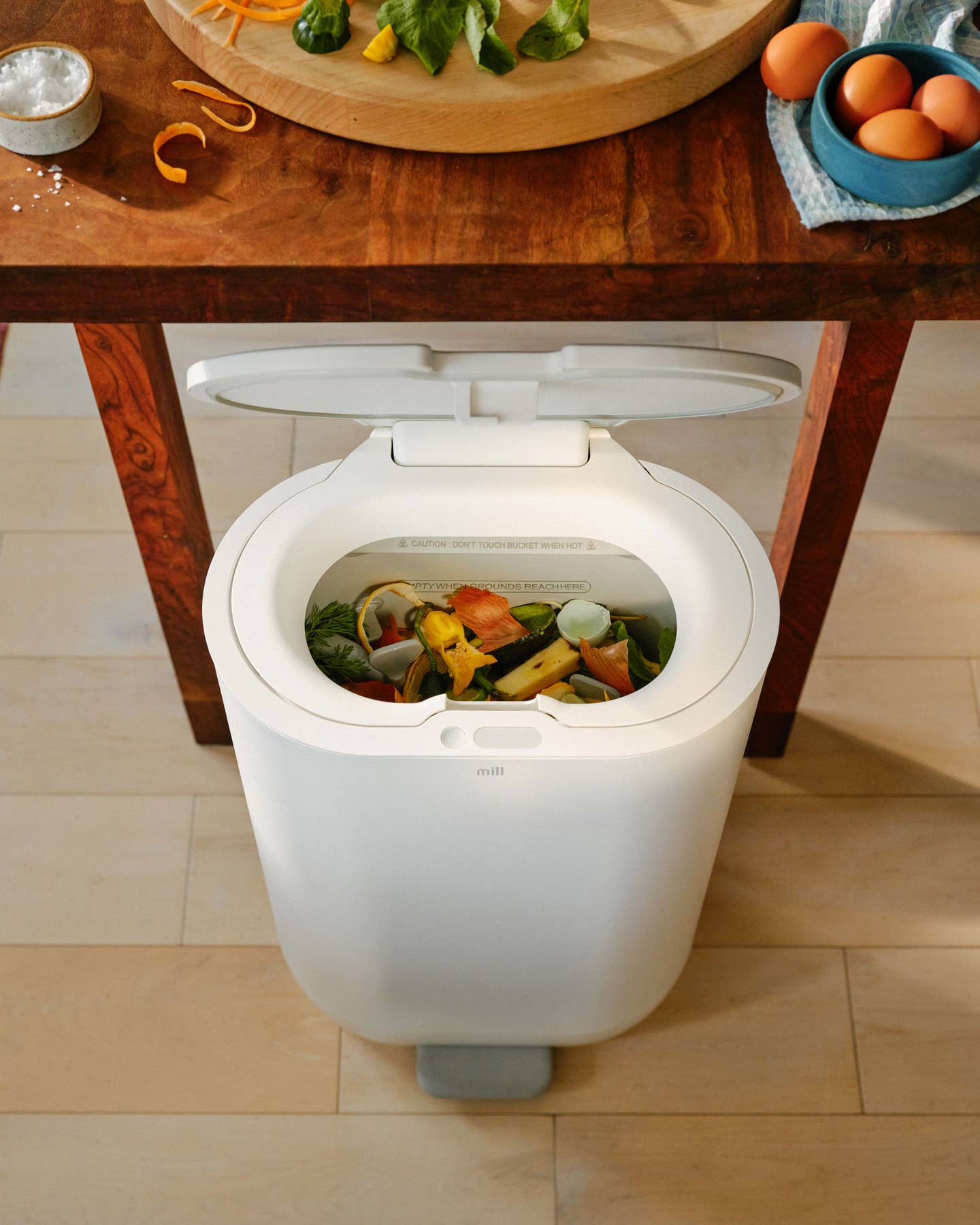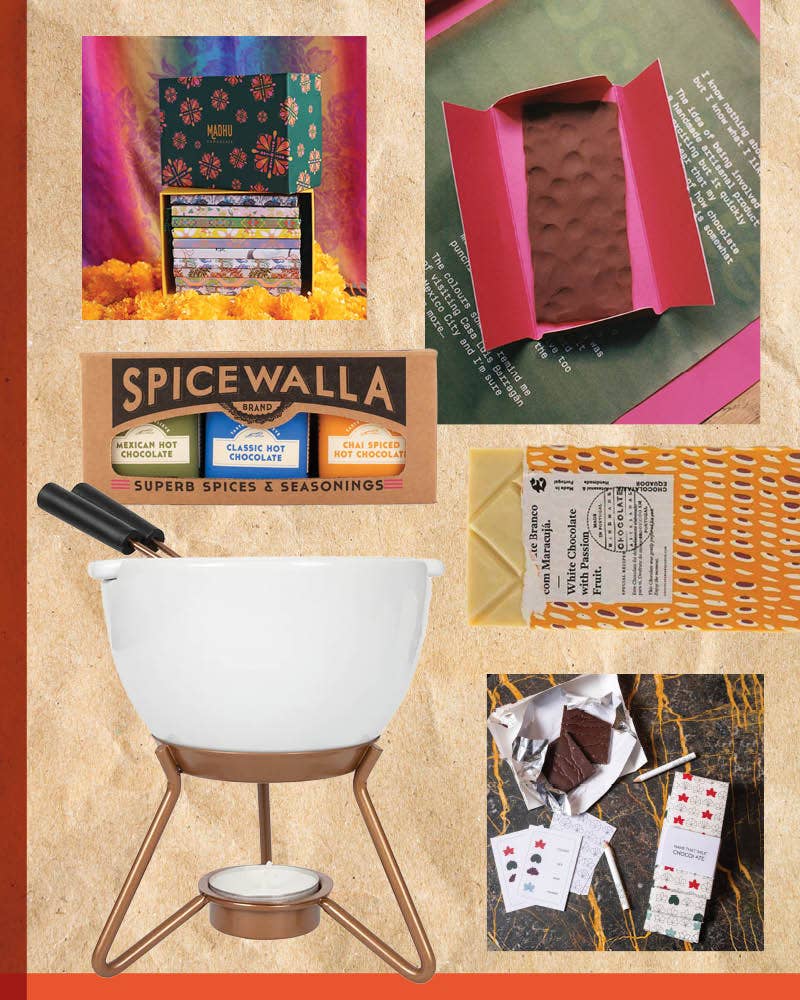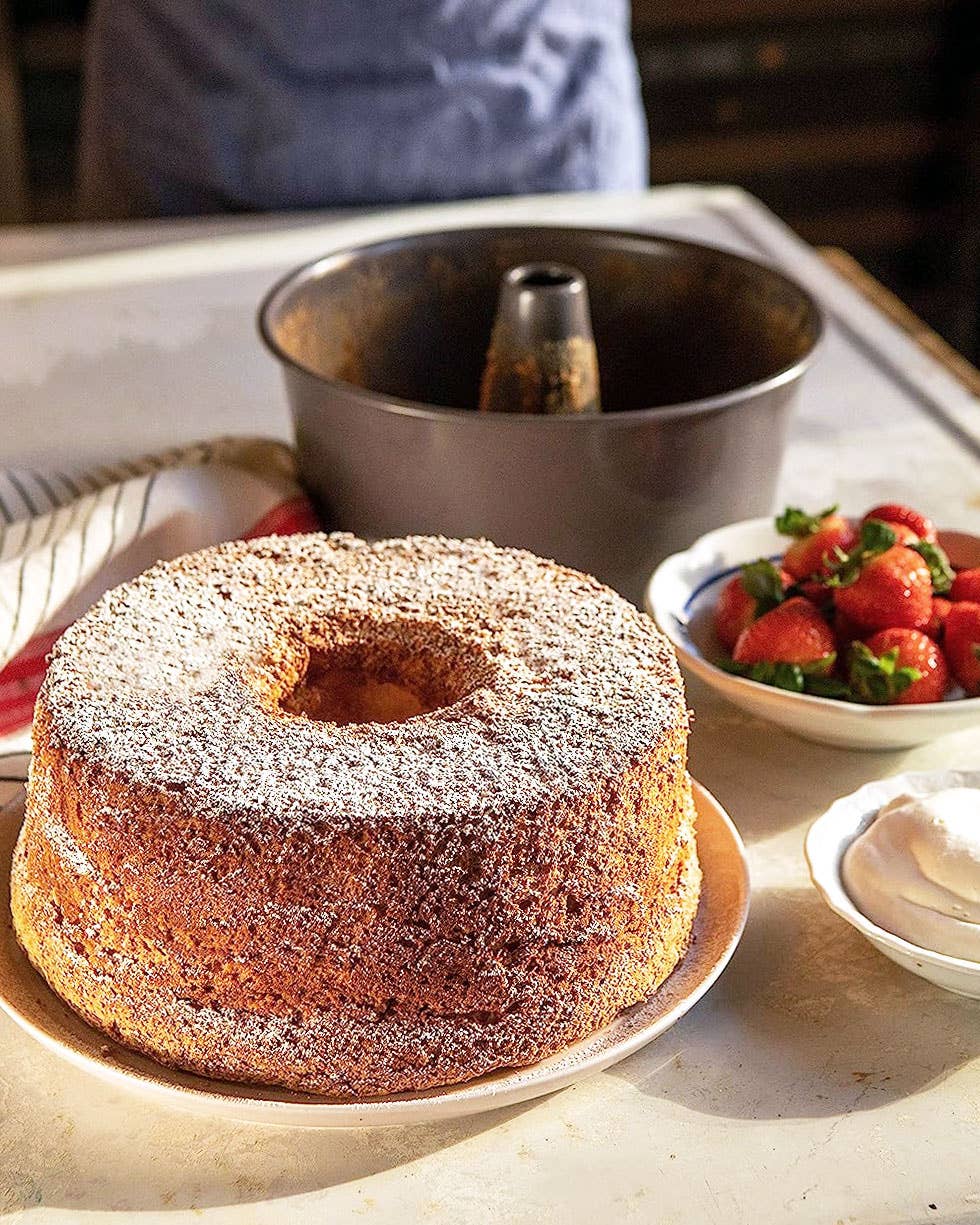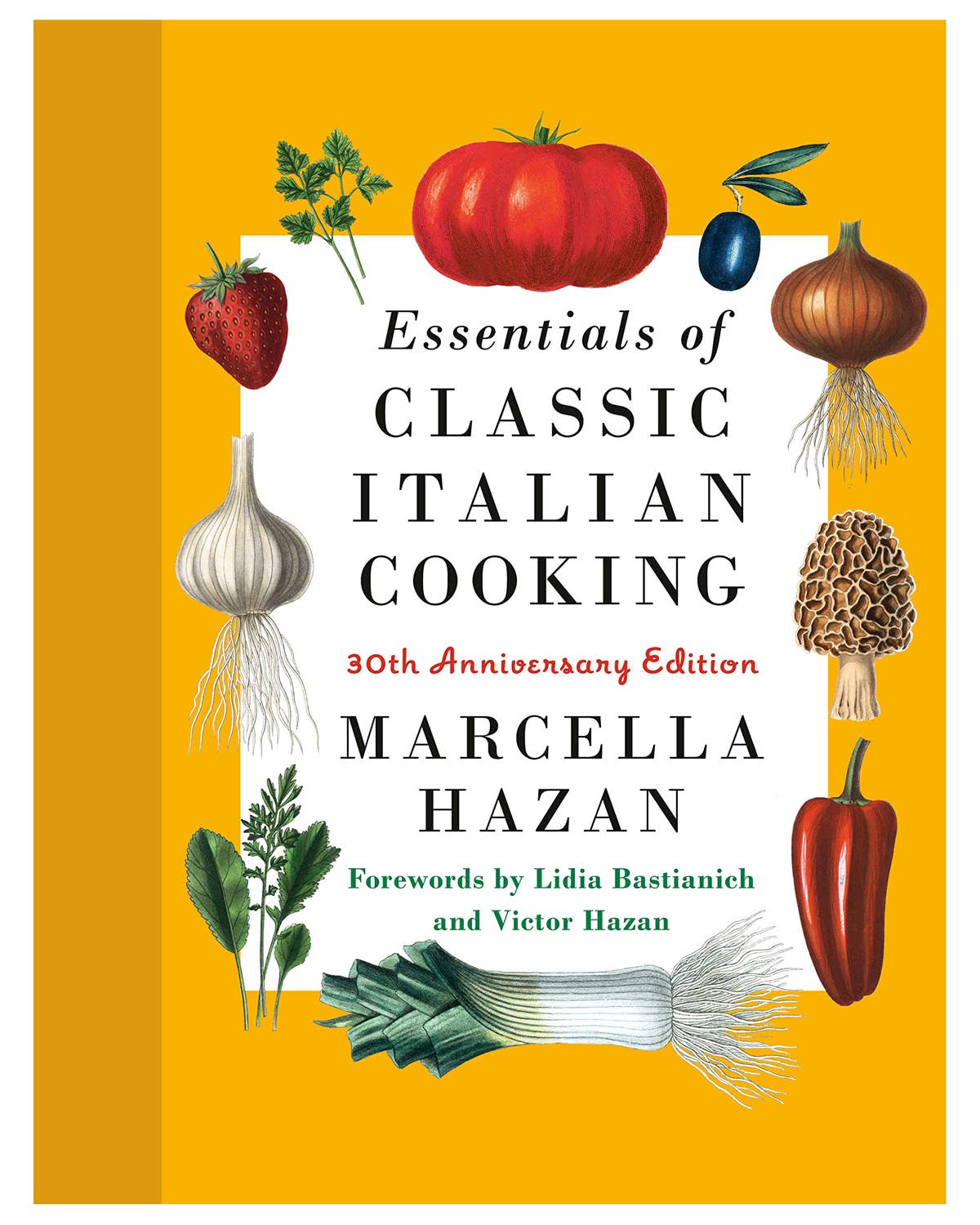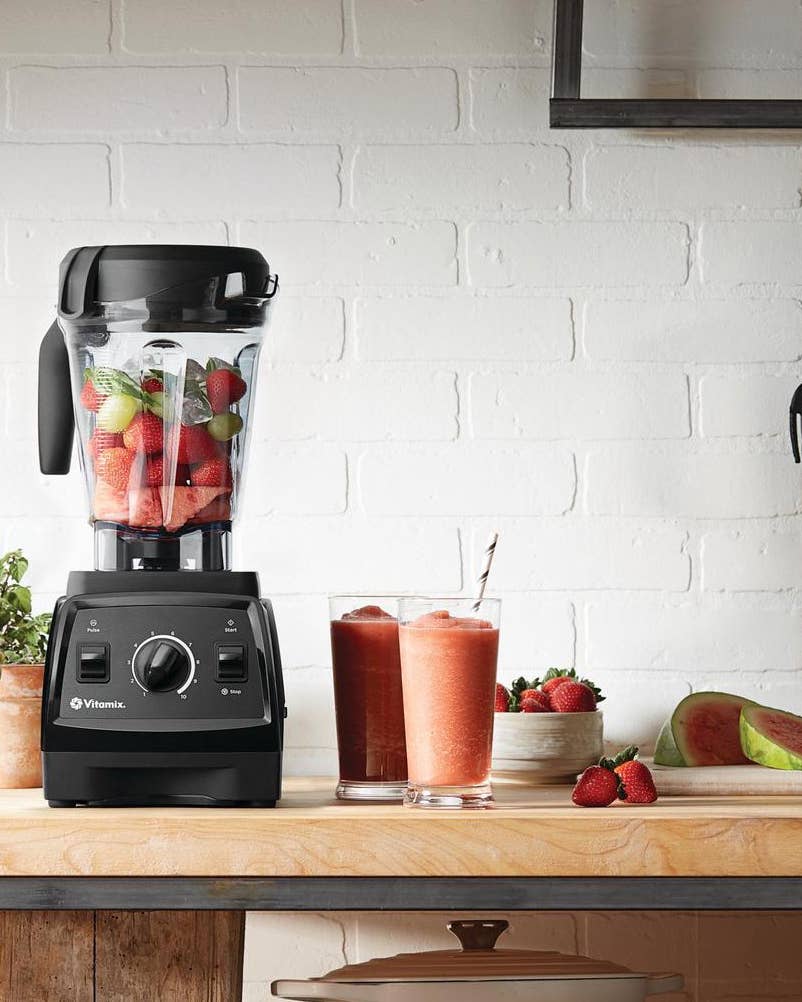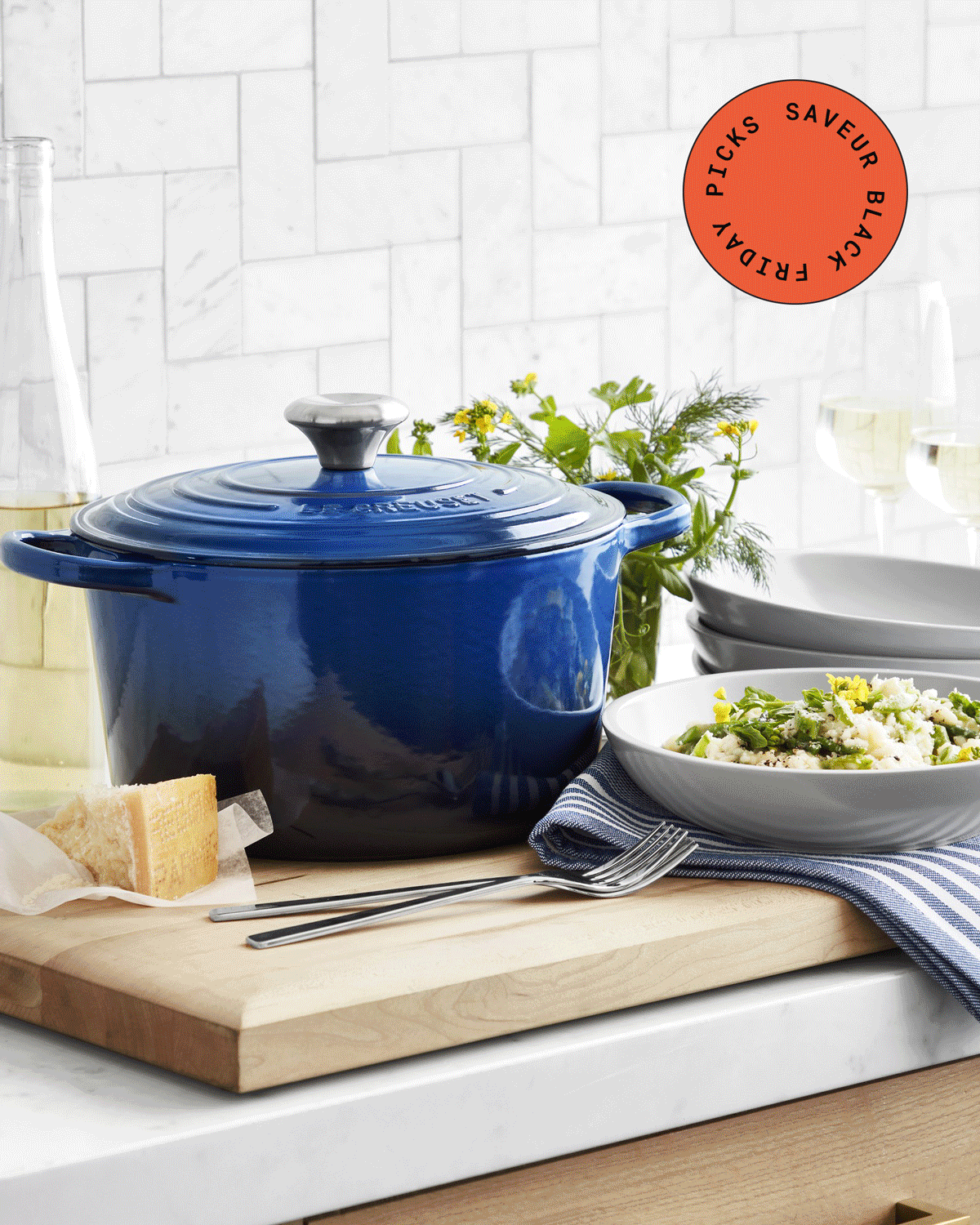The Best Espresso Machines Under $1,000 for Aspiring Baristas
Editor-vetted models for every kind of coffee-making connoisseur—from manual to automatic.
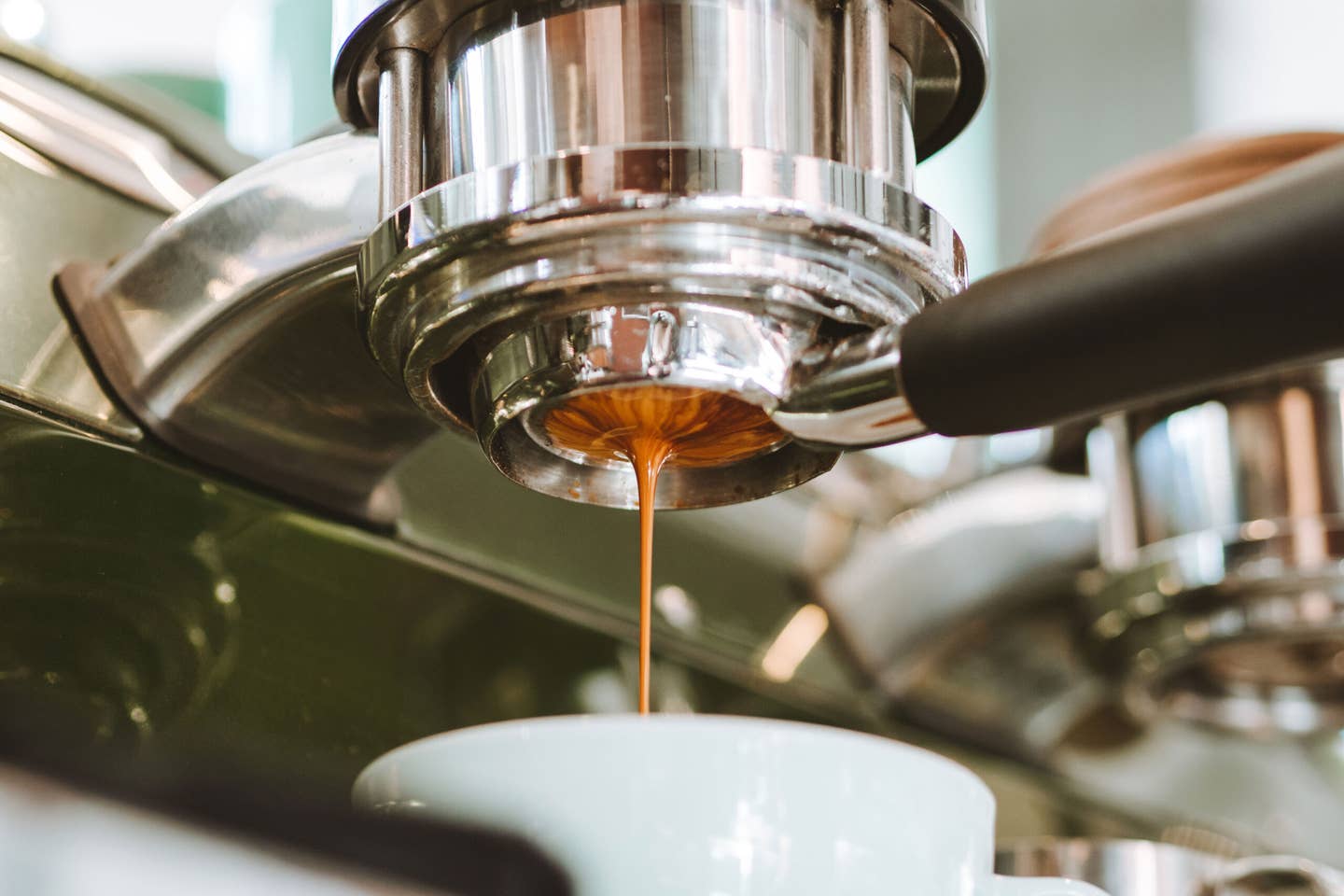
Finding the best home espresso machine is easier said than done. And not because there aren’t numerous high-quality models available, but because the definition of “best” is different for everyone. Really, it’s about finding the espresso machine that makes the most sense for your skill level and lifestyle, which is definitely achievable even under $1,000, a not-unheard-of price for a notoriously complicated machine. Bean nerds who consider weighing grounds and monitoring pressure a meditation might choose one where they can customize each setting to their preferences, while budding espresso enthusiasts would appreciate the ease of an automatic model. As long as you find what works best for you, you’ll come close to a cafe-quality cup. Because why shouldn’t you enjoy perhaps morning’s greatest little luxury without leaving your own kitchen (or changing out of your pajamas)?
To find the best espresso machines under $1,000, we chatted with Derek Anderson—owner and president of Speedwell Coffee in Plymouth, Massachusetts—to get some pro tips and expert intel. For over 20 years, Anderson has seen nearly every corner of the specialty coffee industry, first breaking into the business on the roasting side and later opening and operating two cafes before founding Speedwell in 2008. The wholesale-focused roastery also services professional-grade espresso machines, so the team there has next-level knowledge on not only the beans that make a great espresso, but the mechanics that take them from grounds to liquid gold. Read on for Anderson's tips and our winning list of the best espresso machines under $1,000.
Our Top Picks
- Best Overall: Rancilio Silvia Espresso Machine
- Best Value: Breville Bambino Plus
- Best for Iced Drinks: De’ Longhi Dinamica
- Best Manual: La Pavoni EPC-8 Europiccola 8-Cup Lever Style Espresso Machine
- Best Aesthetic: Smeg Espresso Machine
- Best for Cappuccinos: Brim 19 Bar Espresso Machine
- Best Customizable: Breville Barista Pro
Best Overall: Rancilio Silvia Espresso Machine
Best Overall
Product dimensions: 9.2 x 11.4 x 13.3 inches | Pump pressure: 9 bars | Style: Semi-automatic
Pros
- Nimble, effective steam wand
- Professional-grade portafilter
- User-friendly, but with room to customize
- Included hot water setting for Americanos
Cons
- Single boiler takes longer to heat-change temperatures
- No pressure gauge
Why we chose it: The Sophia Loren of espresso machines: this elegant, Italian cult-favorite model finds the sweet spot between professional and personal functionality.
This espresso machine offers an elegant, streamlined brewing experience (and produces espresso shots with a crema that’s just as luxurious). While we love the clean lines in the design of the Silvia, what really takes it to our top spot is its 58mm portafilter (as in, what the real pros use), which is considerably larger than those of typical home espresso machines and allows for more accurate drink making. Professional espresso beverages are crafted with very particular ratios, and with a commercial-sized portafilter, you can keep those ratios accurate rather than mincing and messing with them to try and fit your kitchen-sized machine.
As folks who can’t resist a good cappuccino, we were wowed by the power packed in the Silvia’s steam wand. It produces a halo of finely textured milk foam that’s like velvet on the tongue, with that tell-tale nutty sweetness. This machine doesn’t include a pressure gauge (which could be a drawback for more experienced baristas looking to customize their brew a bit more), but otherwise has every simple setting you might need marked on user-friendly toggle switches. It also operates on a single-boiler system, which needs a little down time to heat up or adjust temperatures between shot pulling and milk steaming—but good things are worth waiting for, no?
Best Value: Breville Bambino Plus
Best Value
Product dimensions: 7.6 x 12.5 x 12.2 inches | Pump pressure: 9 bars | Style: Automatic
Pros
- Automatic milk steaming function
- Heats in 3 seconds
- Option to customize or use pre-sets
- Useful accessories
Cons
- Automatic steamer purge is a bit messy
- Must empty drip tray after every use
Why we chose it: This quick-heating, compact model offers the ease of quality automatic features at a lower price point—and it’s how this commerce editor begins every morning.
I will always take the opportunity to wax poetic about my Bambino Plus, which is the only kitchen appliance I own that gets me out of bed in the morning. This small but mighty machine packs numerous special features and useful accompanying accessories for a modest price (and is leaps and bounds better than the brand’s regular Bambino machine). For extra lazy mornings, the machine’s automatic settings do the trick: with aptly measured single- or double-shot doses and a steamer mechanism that senses the temperature of your milk to whip up a silky, finely textured microfoam I find just as good as my favorite neighborhood cafe. And when you’re done steaming, simply snap the wand back into a vertical position and the machine automatically purges it to prevent pesky clogs (though do have a rag handy to mop up the inevitable milk splatter). On this same note, you should empty the drip tray after each purge—since the resulting milk-water mixture is definitely unpleasant when left to sit.
You can easily adjust the extraction time on both shot settings to suit your needs and also play around with the steam wand’s power and temperature to reach your desired consistency, so you can feel a little more like a pro barista. And you’ll have the tools to do so, too: The Bambino Plus also comes with both single-walled and double-walled portafilter baskets, so it’s suitable for freshly ground beans (single) or quality pre-ground espresso (double)—pulling the maximum flavor out of your espresso every time. Plus, a well-weighted tamp and a milk steaming carafe.
Best for Iced Drinks: De’ Longhi Dinamica
Best for Iced Drinks
Product dimensions: 9.3 x 16.9 x 13.7 inches | Pump pressure: Up to 15 bars | Style: Super-automatic
Pros
- Special iced coffee brewing setting
- Can make drip coffee-style drinks and espresso
- Built-in water filter
- Super-automatic style makes it user-friendly
Cons
- Higher price point
- Single boiler style
Why we chose it: This sleek model has the formula for perfect iced coffee down pat (no need to decant), but also has the chops to pull a bold and flavor-forward espresso.
The Dinamica is a super automatic-style espresso machine, which means it’ll take care of everything from grinding your beans to filling your cup with just the push of a button. We find this model especially versatile: it not only produces smooth shots of espresso, but has options for “drip coffee” (for your dinner party guests who like their post-meal cup on the simple side) and also for “iced coffee”—allegedly the only machine on the market with this capability. Just fill a glass with ice and let the Dinamica do the rest of the work. Though the brewing process takes longer than that of a standard espresso, it's worth it for a bold, not watered-down iced coffee. Plus, you save time since you won’t need to separately decant the coffee before you sip. Other features that make this gem fit to be one of the best espresso machines under $1,000 include a built-in water filter, which does wonders to give you better-tasting espresso, and a pannarello wand, which helps you achieve a delicate foam not smattered with unsightly large bubbles.
Best Manual
Product dimensions: 11 x 7 x 12 inches | Pump pressure: N/A | Style: Manual
Pros
- Built-in milk frother
- Glass section to monitor water level
- Durable construction
- Stunning aesthetic
Cons
- Not suitable for espresso beginners
- No pressure gauge at group head
- Expensive
Why we chose it: For those who’d prefer to brew their espresso like they’re living in Milan circa 1961, this lever-style machine does the trick—offering full control and an undeniably elegant silhouette.
Milanese La Pavoni has been fashioning top-of-the-line espresso equipment for over a century, and is even responsible for installing the U.S.' first commercial espresso machine in 1927 at Reggio's in New York. So it’s no wonder the iconic producer is behind one of the most celebrated manual espresso machines around: the Europiccola. This chrome-plated beauty is constructed from sturdy cast brass, so it quite literally is made to become a kitchen heirloom (not to mention the sophisticated silhouette that will stay stylish on your countertop forever).
Lovely as it may be, this style of machine is not for beginner baristas. One must be well-versed in how to weigh your dose, the speed at which you pull the lever (which is what affects the brewing pressure), and weighing your yield (the liquid in your cup post-brewing). There are no lights or buttons to tell you when your shot is finished, so you must test and taste (and undergo some trial and error—since there is no pressure gauge on the group head) to reach espresso perfection. Though there are a few helpful touches: a glass window into the boiler lets you more easily monitor your water level and a frother attachment for cappuccinos and lattes.
Overall, if getting into the nitty gritty of pulling espresso speaks to you, this machine will offer you endless opportunities to master the art (and science), while staying timeless in both structure and style.
Best Aesthetic: Smeg Espresso Machine
Best Aesthetic
Product dimensions: 13 x 6 x 12 inches | Pump pressure: Up to 15 bars | Style: Semi-automatic
Pros
- Vintage-inspired aesthetic
- Can adapt to coffee pods (if that’s your thing)
- Slim silhouette fit for any countertop
- Beginner friendly
Cons
- Hard to customize
- Short steamer wand feels awkward
Why we chose it: Available in darling vintage-inspired hues like cherry red and soft mint, this compact machine will be the star of your countertop.
This darling espresso machine would be right at home in a 1950s kitchen, tucked on the counter alongside a Betty Crocker cookbook and a set of jadeite salt and pepper shakers. If you’re also someone who’s nostalgic for a time when pastel-hued appliances were the norm (even if you weren’t born yet), the Smeg boasts vintage charm in spades. Every color offered is eye-catching—from lipstick red, to soft mint, to poodle skirt pink, to a perfect vanilla milkshake cream—and the sparkling chrome touches bring to mind retro muscle cars and space-age glam. We also love the Smeg’s unique rounded shape compared to the boxier silhouettes of many other machines. But this little machine isn’t just about style, it functions just as well. It heats up in around two minutes and features a built-in milk steamer (which works fine, but is a little clunky and awkward to use compared to the long and slender steam wands on other models). There isn’t much room to customize here, so it likely won’t cut it for baristas who are more particular about their espresso specifications, but beginners will appreciate its three-button simplicity. And this retro beauty is not without modern conveniences: it can adapt to coffee pods, too, if that’s your style.
Best for Cappuccinos: Brim 19 Bar Espresso Machine
Best for Cappuccinos
Product dimensions: 10.74 x 11.22 x 13.14 inches | Pump pressure: Up to 19 bars | Style: Semi-automatic
Pros
- Commercial-grade steamer wand
- Quality espresso extraction
- Low price
- Heated top plate to keep cups warm
Cons
- Noisy
- A bit clunky on the counter
- Tricky for beginners
Why we chose it: The Brim’s steamer wand operates with ballerina-like nimbleness, pivoting at every angle to ensure the smoothest, silkiest foam to crown your cappuccino.
Folks tend to think it’s all about the espresso when it comes to specialty drinks, but a good frothing of milk can make or break a beverage no matter how high-quality your beans may be. That’s where the Brim comes in. We love the lithe nature of its steam wand; it smoothly rotates a full 360 degrees, so you can always find the perfect angle. We also love how the steam wand is separate from the hot water wand, so you know each will be heated at the optimal temperatures for their respective tasks. These details all contribute to crafting some of the velvitiest, silkiest microfoam around (with a little skill required from the user). And the espresso quality is a perfect match for the decadent milk foam: the Brim pulls a well-extracted shot nearly every time using the predetermined settings, but also offers the option to customize to your liking. One drawback is the high noise level of the machine (but who knows, that tell-tale steamer wand screech might be music to the ears of espresso fanatics) and that it’s on the larger side. But the quality of the drinks it makes more than make up for it. Bonus: A heated top plate keeps cups warm and ready to receive your perfect cappuccino.
Best Customizable: Breville Barista Pro
Best Customizable
Product dimensions: 16 x 14 x 16 inches | Pump pressure: 9 bars | Style: Automatic
Pros
- Numerous customizable options
- Heats in 3 seconds
- Affordable for a machine with a built-in grinder
- Helpful LCD interface
Cons
- No pressure gauge
- A bit messy if grinding directly into the portafilter
Why we chose it: From 30 different grind sizes suitable for every bean out there to five temperature options, the Barista Pro allows experienced coffee connoisseurs to control nearly every nuance as they brew.
Calling all espresso nerds: The Breville Barista Pro offers endless possibilities for crafting the perfect cup. The 30 different grind levels are great for those who switch up their beans frequently, allowing the user to adjust based on the roast and level of freshness. And the five temperature settings do wonders to find the best flavor (hotter brings out sweetness while cooler brings out brightness). The large filter basket and nine-bar group head pressure yield an even flow with not much channeling (thanks in part to Breville’s beloved steel tamper and unique Razor tool) and a high extraction. Offering you even more control over your java, the LCD screen tracks everything—from the time it takes to pull your shot to the heat level of the infuser. It also has clear alerts and instructions on when your machine needs to be cleaned or descaled (a blessing compared to the hard-to-decipher blinking button patterns on less expensive models). A pressure gauge would be a helpful addition to this machine for some, as you have to do a bit of math to calculate how to optimally dial your machine, but that’s a minor inconvenience compared to the perfectly tailored experience the Barista Pro provides.
Things to Consider Before Buying an Espresso Machine
Boiler System
An espresso machine’s boiler system is what gives it the power to heat water and operate its steam wand. You can typically choose between a single or double boiler model—both of which have their benefits and drawbacks. Single boiler systems are less expensive and just fine for casual coffee drinkers; there is only one heat source, so it will need time to change temperatures from brewing espresso to steaming milk, which is something to consider if you run late in the mornings and need your cup quickly. Single boiler systems with a heat exchange can help mitigate this issue, but still offer less temperature control than a double boiler system. Double boilers (though expensive and oftentimes larger) seamlessly transition from brewing to steaming, since both functions have their own heat source.
Special Features
If you’re an espresso purist and sip it straight, you might not need an espresso machine with too many additional features. But those who enjoy frothy lattes or cappuccinos (or a more complete espresso experience) might opt for an attached steam wand or bean grinder—or even extra special luxuries like automatic tamps and built-in heating areas for cups. “You can really geek out on features, but I suggest starting with a more simple machine that can accomplish what you need, especially if it is your first machine,” says Anderson. “First, consumers will need to decide if they want a superautomatic machine that grinds and does most of the drink preparation automatically, or if they prefer a more traditional machine. The traditional machines will require a separate espresso grinder. Second, consumers will need to decide if they want a machine plumbed directly to a water source, or if they prefer to have a refillable reservoir tank. Most machines are either one or the other, but some do allow for conversions.”
Size
In our dream kitchen, endless swaths of gleaming Carerra marble countertops are bedecked with all of the kitchen appliances we love. But alas, many of us are apartment dwellers and have limited space—or simply prefer an uncluttered workspace. Since an espresso machine is, for the most part, a piece of equipment that has to live on your counter, size is an important factor to consider. The smaller you go the less likely you'll find any extra features like built-in bean grinders, but they’ll definitely suffice for those looking to make simple specialty coffee drinks at home. (Though we’ll gladly say so long to our toasters to squeeze one of these winners onto our counter.)
Operation Style
Depending on your level of coffee connoisseurship, you’ll likely find that you strongly prefer one of the three types of operating levels: automatic, semi-automatic, or manual. An automatic machine removes much of the guesswork out of espresso extraction—you can pull a shot with the touch of a button and oftentimes grind your beans, with some machines even tamping down the grounds for you. Semi-automatic machines are great for those who want convenience, but also control over elements such as time a shot pulls and grind size. Manual machines are for traditionalists, operated by a level that creates the pressure to pull the shot, which are great for well-seasoned folks who don’t mind investing in extra accessories. Basically it comes down to how much hand-holding you need during your espresso experience—because making your espresso should feel as luxurious as drinking it.
FAQs
How much should I spend on an espresso machine?
While opting for the most inexpensive espresso machine you can find will likely not offer optimal results, you don’t need a big bankroll to get a quality model. We’ve found dozens of top-performing espresso machines under $1,000 (some even under $500) that yield a full-bodied, flavorful morning brew. Take note: Special features and functionalities like automatic tamping or built-in steam wands might cost you extra, so be sure to consider which extras are integral to your espresso-making experience.
How many bars is a true espresso?
For baristas who are just starting out: a bar is a metric unit used to measure pressure, and in the coffee world, refers to the pressure needed to push water through espresso grounds to pull a shot of the stuff. “The traditional standard and school of thought on this was that you needed 9 bars of atmospheric pressure to extract espresso,” says Anderson. “This has shifted over the years as more research and experimentation has taken place, and now it is a lot more common to pull espresso shots with fewer than 9 bars. Most commercial machines come with the ability to reduce pressure at the beginning of the shot (pre-infusion), and then ramp up pressure as the shot develops. This is a nice feature I would recommend on home machines too if you can find it.”
Are there any common pitfalls with home espresso machines one should avoid?
“Absolutely, says Anderson. “Before purchasing, I would do some research on who in your area could service your espresso machine, and find out if replacement parts are readily available. Even the best machines will eventually need service. Manufacturers can usually point you to service providers. Also very important, I would recommend always reading your machine manual, and diligently following the preventative maintenance and cleaning procedures. This is really important to getting the most out of your machine, both in quality and longevity.”
What are some expert-vetted home espresso making tips?
Anderson says: “If you are going with a traditional espresso machine, don’t skimp on the grinder! The grinder is the most overlooked piece of home equipment, and will make a huge difference in the quality of your espresso. Second, make sure to use filtered water. Water is such an important part of your espresso, you need to start with great water to make great coffee.”
Final Thoughts
When it comes to selecting the best espresso machine under $1,000, the right choice largely depends on your skill level. Those who are passionate about their morning latte but not well-versed in the art and science of espresso just yet might opt for an automatic or semi-automatic machine, while those who enjoy the nitty gritty or timing and tamping their perfect shot should choose a model that allows customizable options. Our top pick, the Rancilio Silvia, appeals to novice and experienced baristas alike—with professional-grade features, a little room to customize, and a user-friendly interface. Plus, it yields a flavorful shot with an envy-inducing crema almost every time.
Methodology
To nail down the best espresso machines under $1,000, we began by diving deep into well-known legacy brands—comparing their offerings at this price point to select the best one or two to consider in our first batch of machines. Then, we checked out some models from up-and-coming brands in the coffee scene to see how they stacked up before cementing our initial lineup. We began with around two dozen espresso machines and narrowed the list down to our top seven. Since espresso shot quality mostly comes down to the user and the beans, we kept our focus on the experience of using each machine, ensuring we selected options for both the novice and skilled home baristas. Automatic, semi-automatic, and manual models (for all of the traditionalists out there) all made the cut. Additionally we focused on the following: functional features, quality construction, and overall ease of use. Most importantly, we got some expert intel from Derek Anderson, who owns Speedwell Coffee in Plymouth, Massachusetts. Speedwell both roasts beans and repairs machines, so they know espresso inside and out (literally).
Keep Reading
Continue to Next Story

